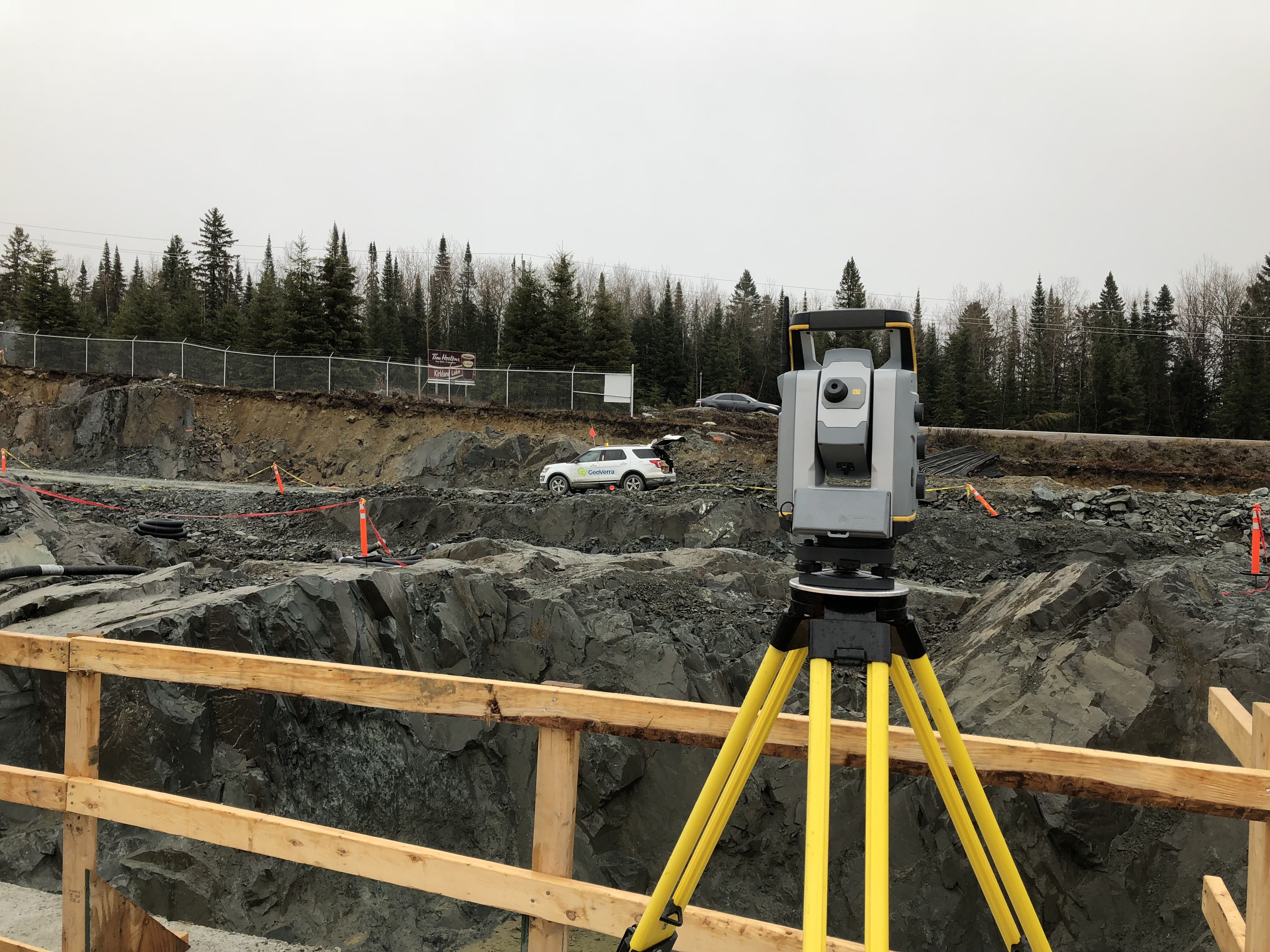Bulk sample program results prove golden

1 of 5A worker conducts core sample processing at Pretium Resources Inc.'s Brucejack project, approximately 65 km north of Stewart, British Columbia.
1 of 5A worker conducts core sample processing at Pretium Resources Inc.'s Brucejack project, approximately 65 km north of Stewart, British Columbia. An amended feasibility study for Brucejack, based on a new mineral resource estimate for Brucejack's high-grade Valley of the Kings zone, released Dec. 19, is expected in the first half of 2014. — Photo courtesy of Pretium Resources Inc.
The results of a 10,000-tonne bulk sample program at Pretium Resources Inc.’s Brucejack project in northwestern B.C. have definitely brightened the company president’s new year.
Robert Quartermain, who is also Pretium’s chief executive officer, reacted positively to the results, released December 13, 2013, that showed the underground drilling program produced almost 50 per cent more gold than the company’s original target. The 10,302 dry milled tonnes of excavated material from Brucejack’s rich Valley of the Kings zone produced 5,865 oz. of gold compared to the initial goal of 4,000 oz.
The bulk sample program, completed in late August, also contained 4,950 oz. of silver.
Brucejack, located 65 kilometres north of Stewart, was already recognized as a world-class, high-grade gold strike when Quartermain was presented with the Prospectors and Developers Association of Canada’s Bill Dennis Award last March for advancing the project. The results of the bulk sample program bolster the results from surface drilling conducted in the same area in 2011 and 2012.
The company’s current feasibility study for Brucejack, released this past June 11, calls for development of a mine with a 22-year lifespan, producing an estimated 7.1 million oz. of gold and 31.6 million oz. of silver. A mine could begin commercial production as early as 2016.
“All in all, I’m certainly very encouraged by the results we have to date,” Quartermain said.
But Quartermain’s Christmas presents weren’t over.
On December 19, the company released an updated mineral resource estimate for the Valley of the Kings that showed the zone’s high-grade gold resources (five grams of gold equivalent per tonne cut-off) now stood at 1.2 million oz. of measured gold and 7.5 million oz. of indicated gold, for a total of 8.7 million oz. at a grade of 17.6 grams per tonne gold.
The updated resource estimate also said the zone’s inferred gold had increased to 4.9 million oz. at a grade of 25.6 grams per tonne gold.
The previous estimate, released in November, 2012, claimed the Valley of the Kings’ high-grade gold resources stood at 8.5 million oz. of indicated gold at a grade of 16.4 grams per tonne gold and 2.9 million oz. of inferred gold, grading at 17 grams per tonne gold.
But the new mineral resource estimate means an updated feasibility study, based on the new figures, must be produced. The company expects to release that during the first half of 2014.
Although Pretium’s current feasibility study is largely based on data gathered during the November 2012 mineral resource estimate—data Quartermain now calls “stale”—the study can still be used as a guideline for proposed development at Brucejack, he said.
For example, despite all the new data, Quartermain said the timelines for possible development of a mine are still accurate.
Permitting for an underground gold mine is already underway and Pretium expects to file its environmental assessment certificate application in the first quarter of 2014. Mine construction could begin in 2015.
“Those timelines are still, we believe, achievable,” Quartermain said. “It’s a matter of working through the permits.”
It may also be a matter of successful negotiations with area First Nations and communities regarding a mine’s development. Quartermain said Pretium has been talking with both, updating them on the company’s Brucejack activities and trying to gain their support for future plans.
“That is all proceeding well,” he said.
The price of gold may also be a stumbling block. When Pretium released its current feasibility study this past June 11, the base case for proposed development was created on a gold price at US$1,350/oz., with a par exchange rate between the Canadian and American dollar. In early January, gold was trading at US$1,225/oz.
However, Quartermain said the current feasibility study also produced an alternative case study for development of a mine, with the price of gold set at US$800/oz. Even using that case study, Pretium’s overall pre-tax profit during the 22-year life of a mine (net present value), with a five-per-cent discount rate, was over US$602 million.
“So it showed that this project was still robust, even in a low-gold-price environment,” Quartermain said.
Using the US$1,350/oz. base case, the company’s overall pre-tax profit during the mine’s life, with a five-per-cent discount rate, rose to US$2.7 billion.
Quartermain also had some good news regarding employment. Construction of a mine could generate over 300 jobs, while operational jobs would likely total between 400-500. The company would hope to hire as many people living in the region as possible, even possibly up to 100 per cent.
“That’s what we’ll certainly target,” he said.




